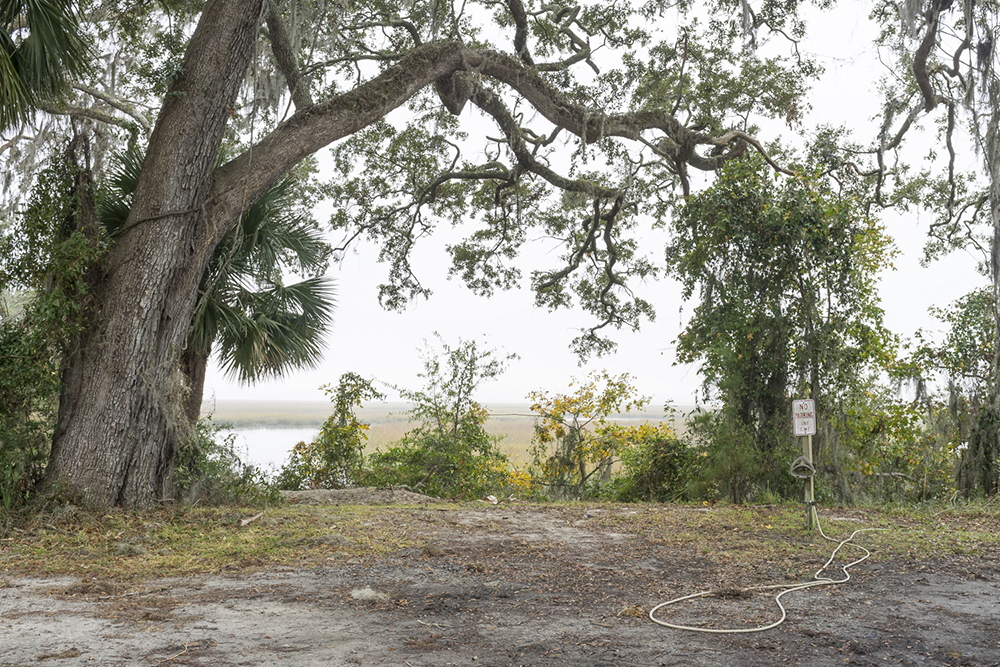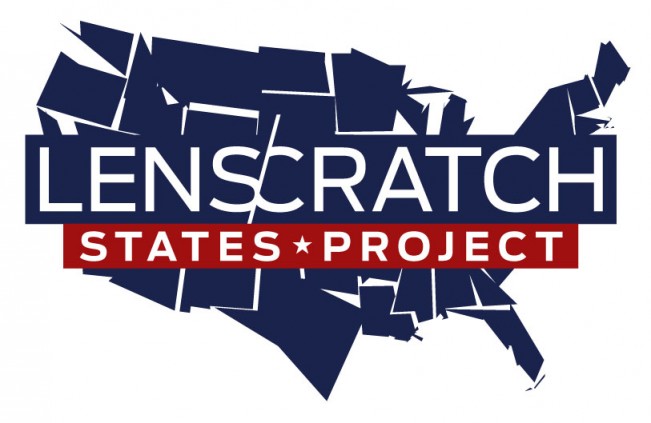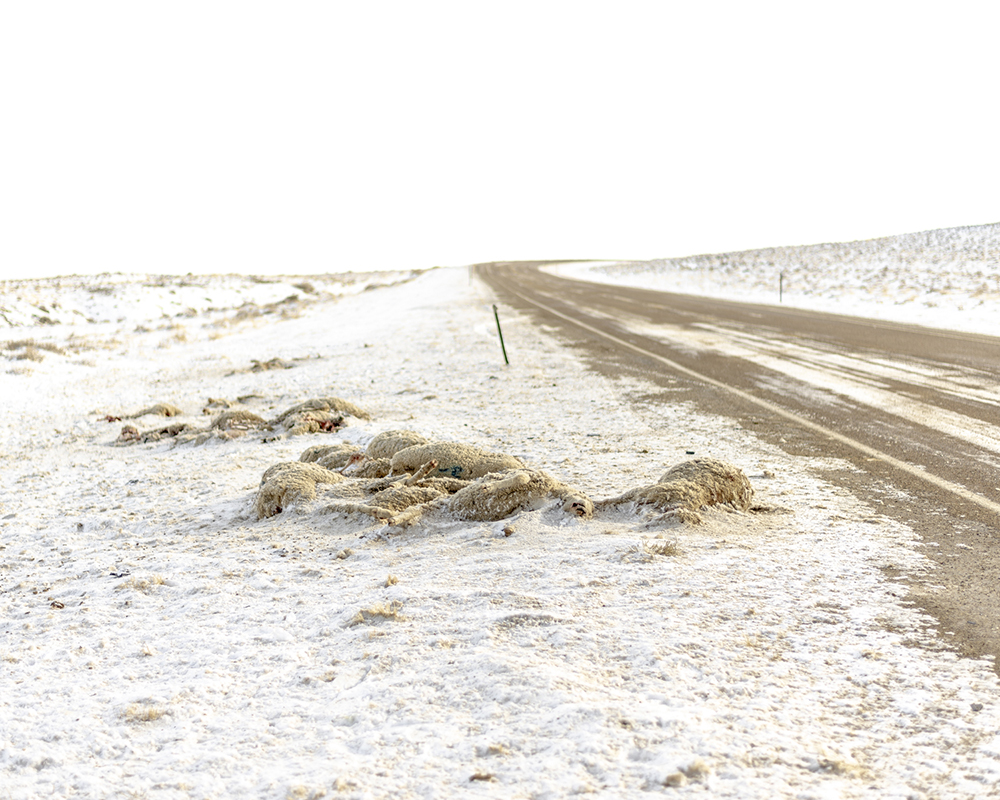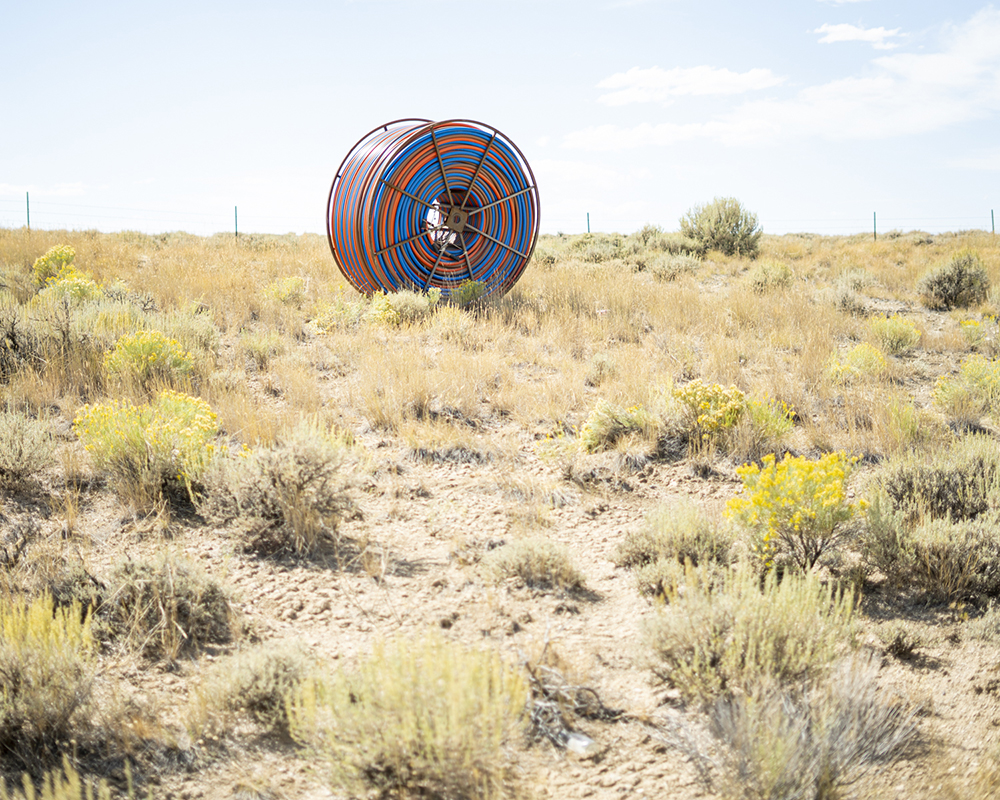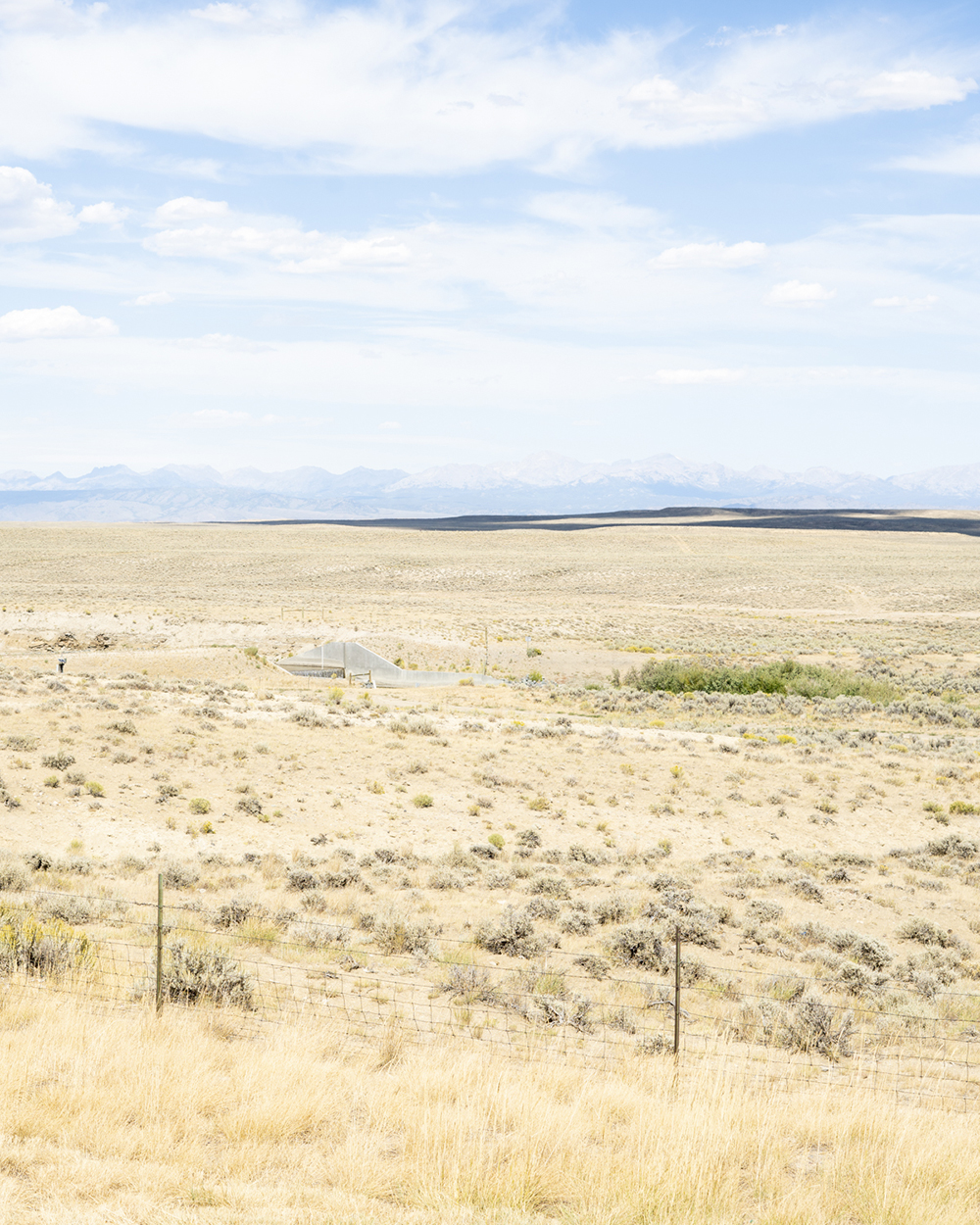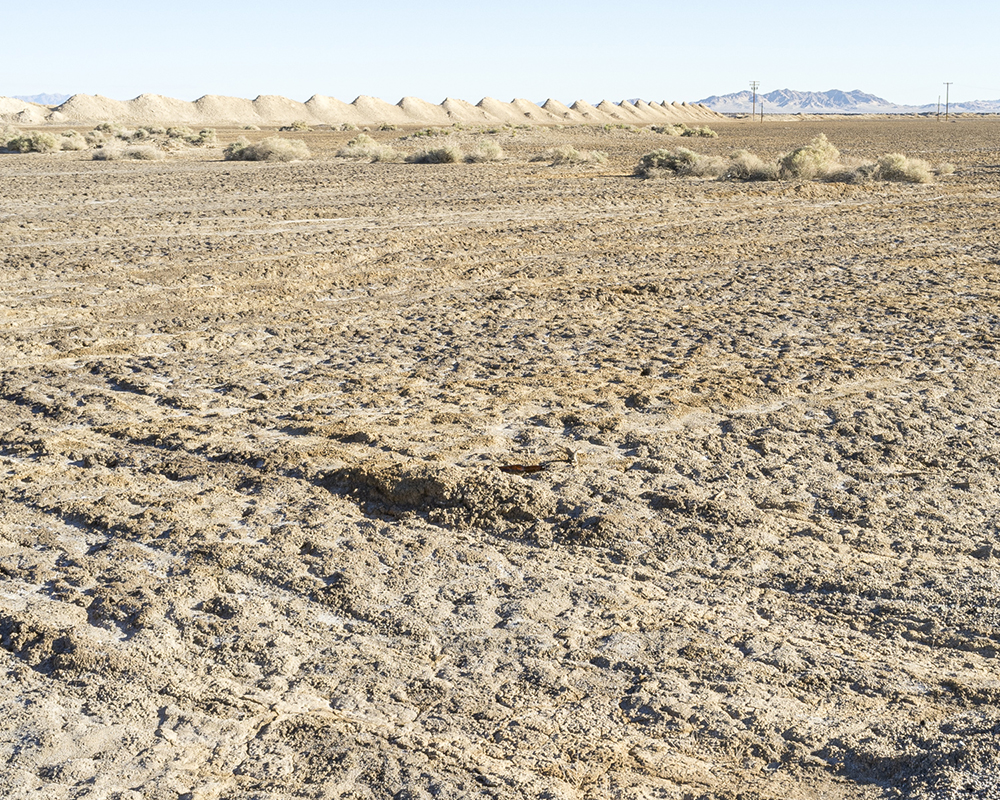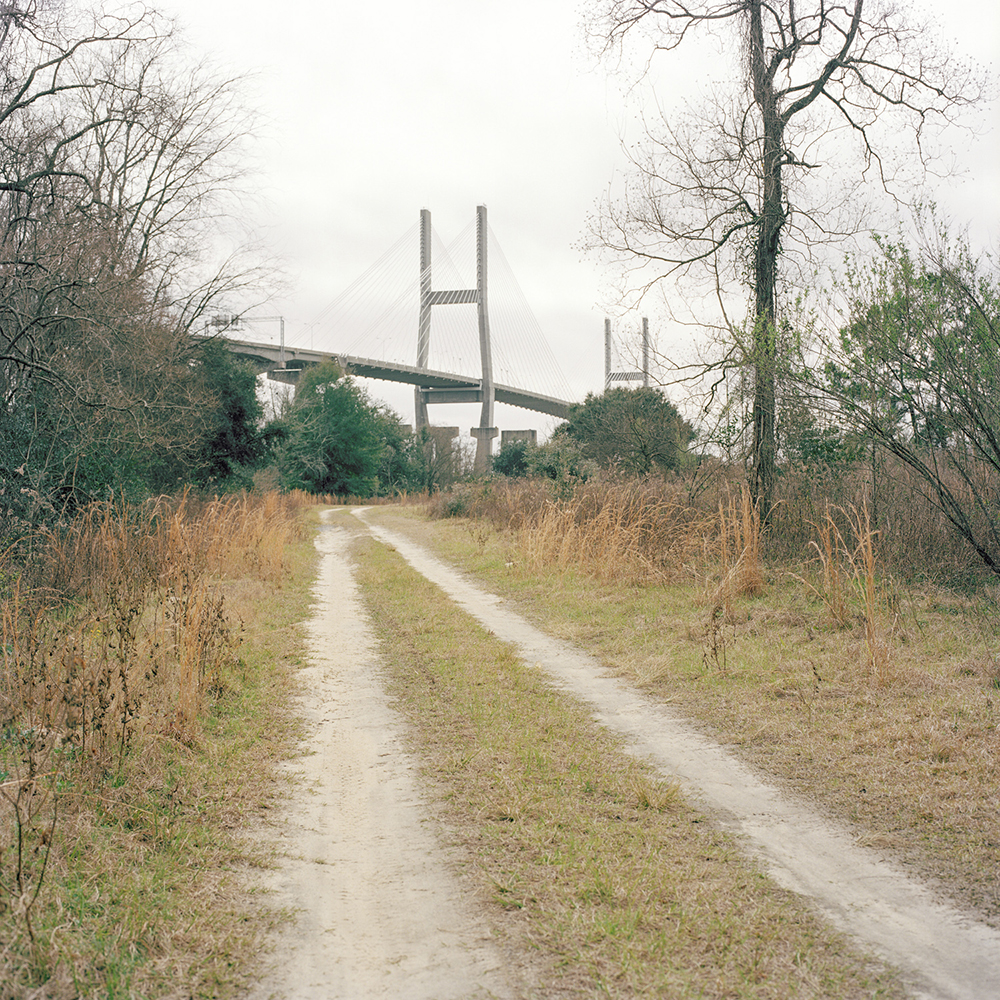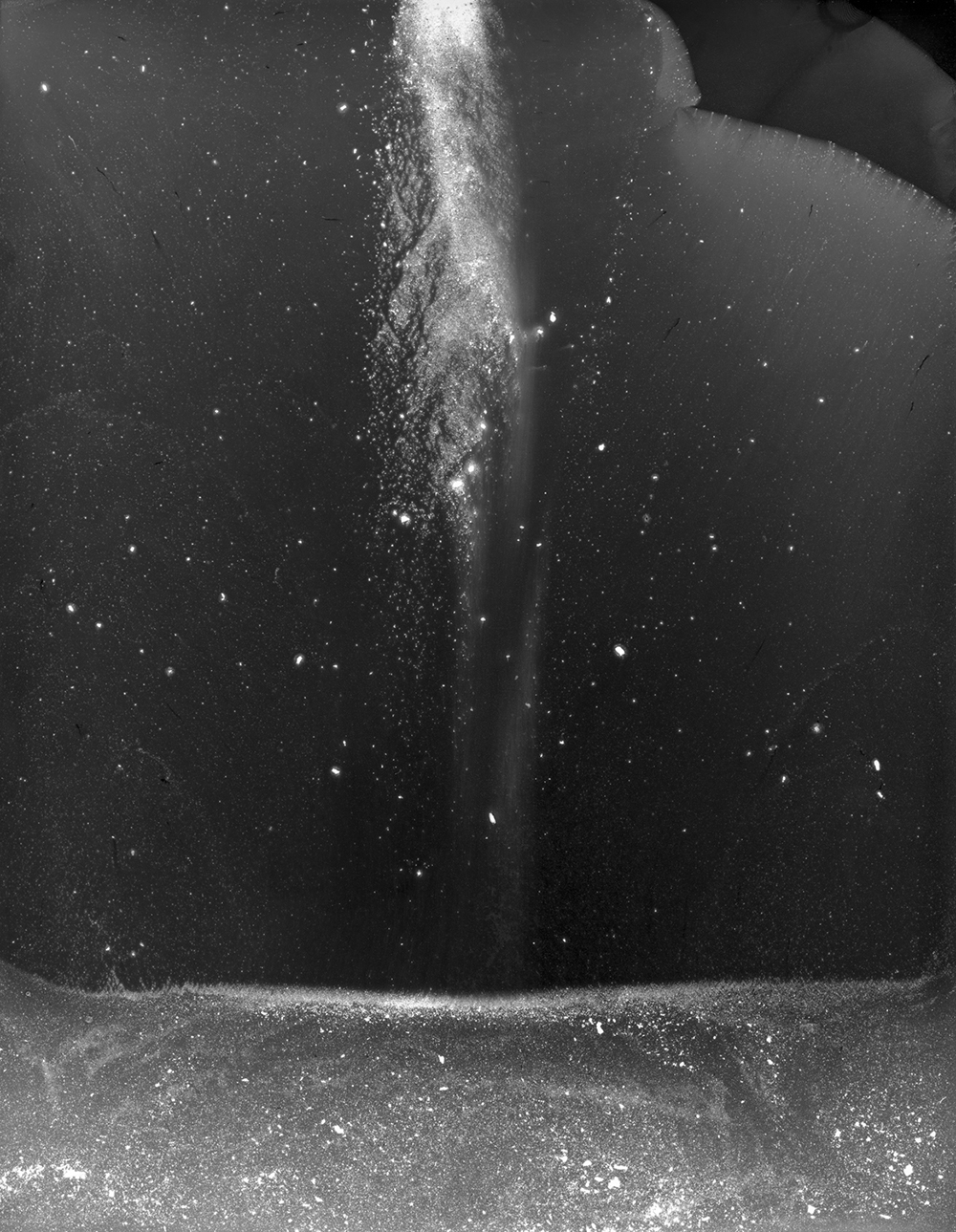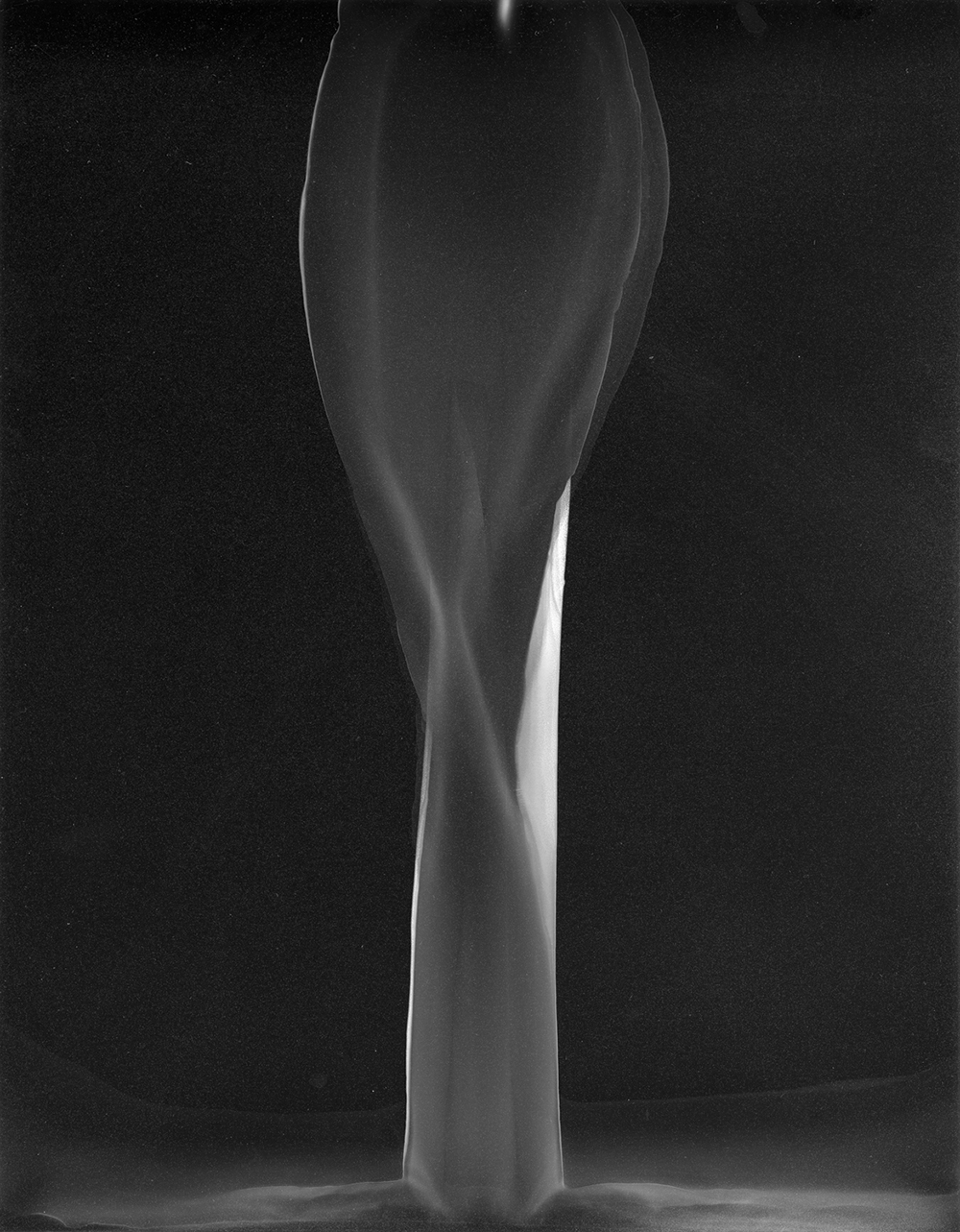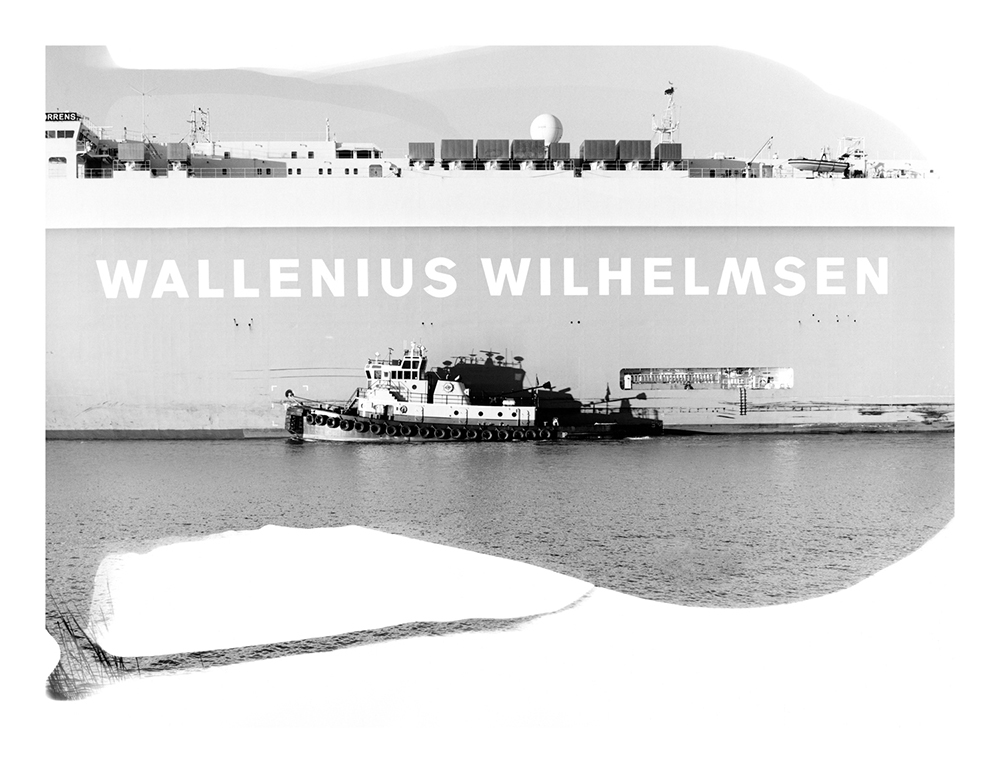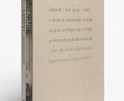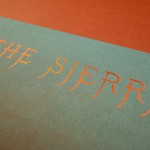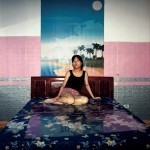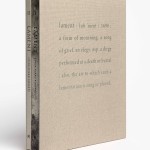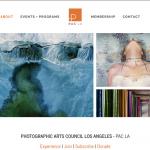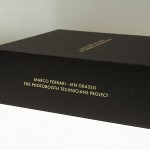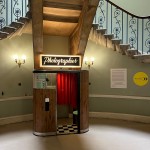Hank Ketelsen: The States Project: Wyoming
Hank Ketelsen is the Assistant Professor of Photography at Western Wyoming Community College in Rock Springs, WY. Hank received a BA from San Jose State University and MFA from Savannah College of Art and Design. Ketelesen photographs are driven by a love for the processes unique to the medium. Throughout his work, Hank is concerned in the ubiquitous relationship that mankind has with the natural landscape that surrounds us, though more specifically, with water and its usage. In an era where the validity of climate change is being used as a bargaining chip between political parties in America, Kettelson’s work acts as a reminder that no matter’s one’s position, it is important to acknowledge and reconcile with the way we use the landscape and the resources it provides.
Thanks for taking the time to speak with me about your work Hank. You have a diverse practice in the way you approach the medium, from photograms in Aquagrams to a documentary-esque style in Access and River Roads. How did you become interested in photography?
It’s strange to think about how I became interested in photography now, but it all boils down to experimentation. I started taking photography classes before digital was an affordable option for most people and found that the different chemical based processes and techniques were fascinating. Since then I have tried to dabble in as many of them as I can to have a toolbox to draw from and find an appropriate way to express a project or idea
Wyoming is a state that can be very secluded, based on one’s location. How did you end up living in Wyoming after getting a BA at San Jose State and MFA at Savannah College of Art and Design? Has living here changed anything about the work you make?
Wyoming wasn’t even on the radar of places that I thought I would ever live, and this has been a great move for my family, but a job opportunity at Western Wyoming Community College presented itself and being back out west seemed more appropriate for the work I wanted to explore. Wyoming does have a very secluded and isolated feeling to it with populations being very concentrated around various cities, and that has really changed how my work has evolved since moving here. Growing up in California, and traveling all over that very large state, you get used to the space between where you are going, however that space is so much larger and emptier in this general area. The scope of the issues I am now addressing span vast distances, many across state lines, and encompass more communities and people than any other project I have started. Even with that space, the issues can really connect more areas together, and the topics I’d like to look into are just larger because of this. Logistically speaking, finding the time to drive to an area to investigate can be a several day affair, and the time on the road is great opportunity to think and find other new areas.
In both bodies of work River Roads and Access you share the curiosity in water, or the illusion to it by showing the path to it. You even physically use water in Aquagrams and clearly use it as inspiration in Water Study. What got you interested in employing water as an element within your work?
Water has always been an important aspect of my life. I grew up in South Lake Tahoe, California, and the quality of the water in the lake, and general environmental issues, was an ever-present part of living there. Because of that concept of doing all we can to protect the lake, I’ve been acutely aware of water wherever I go. California always has issues concerning water whether it’s about a drought and watering lawns in Southern California, its use in the Central Valley for farming, or the snow pack over the winter, water is never too far out of your mind. Upon moving to Georgia, I found that water is almost a liability because there is so much of it. That sparked the Aquagrams project.
Looking at what water and place had to offer, which then lead to the Water Study project, which used water collected where the photographs were taken and incorporated it into the darkroom process. I find that there is a lot of truth to be found in water, with the most fascinating part for me being able to tell how a community as a whole feels towards their local environment. How a community or region manages their relationship with water can reveal avenues that are ripe for research for use in artistic practice.
Do you view any of your works as supplements to one another?
I do feel that my works have informed the next if viewed in the order created, and each project would have been different if I had started one before the other. If I were to simplify the main themes, Aquagrams started by exploring water and place, Water Study expanded those places in a different way, River Roads was an extension of Water Study and how I would navigate to those places, and Access looked at more specific interactions with water by people other than myself. All of these previous bodies of work have been leading me to look more closely into how individuals and communities live and interact with the environment here in Wyoming
From what you have on your website, it looks like most or all of your photographs are created outside of Wyoming. Are you able to find interest or inspiration in anything that is more abundant than water in your local vicinity? Wyoming is a pretty dry state compared to many others in USA.
Most of my work to date has been centered around the interface between humans and the environment that they occupy, and this is found everywhere in Wyoming, not that there is a place where that connection does not exist any longer. An overarching theme that I have been exploring here is that hidden behind all the wide open western landscapes are unavoidable examples of extractive industries wherever you travel. There is an extensive network of well maintained dirt roads that lead off of main highways that take workers to oil and gas heads, coal mines, and other roads that follow miles and miles of underground natural gas pipelines. A student of mine, who has lived here their entire life and has been working in industry jobs for decades, and I had an interesting back and forth regarding a photo they took of a natural gas well. Their opinion was that it was great that there were jobs here so that people could live here, and me saying that it would be nicer if there weren’t so many of these sites, but then people wouldn’t live here, and around we went. After living here for two years and having conversations, doing research, and traveling, I feel that there is still so much to learn about this place that I find myself repeatedly changing assumptions and motivations, but am also accelerating towards a more open ended and less defined project.
In the series Aquagrams I really enjoy your ability to use to medium in a non-representational way. Can you tell us a little about your decision to work in such a manner? How are you creating those?
Aquagrams started as an exploration into water, place, and what water itself could communicate. In general photography doesn’t directly and physically work with the subjects being photographed, and I wanted to merge the use of tangible materials and light sensitive materials to create unique photographic objects. Aquagrams was created by collecting samples of water from various locations, a river, the ocean, tap water, and then pouring the samples over photo paper in the darkroom, basically making photograms. By working in partnership with the samples, a photographic image is created that shows the nature of water, and how it can produce an image of itself; the water having passed over the paper, leaving an impression. The resulting photographs are a direct physical link to the location and time it was collected.
What is next for you?
The plan for the future is to stay curious about this new state and region I live in and hit the road to find out more about it, and with that, be able to share more of this newly budding project.
Posts on Lenscratch may not be reproduced without the permission of the Lenscratch staff and the photographer.
Recommended
-
Aaron Rothman: The SierraDecember 18th, 2025
-
Photographers on Photographers: Congyu Liu in Conversation with Vân-Nhi NguyễnDecember 8th, 2025
-
Linda Foard Roberts: LamentNovember 25th, 2025
-
Arnold Newman Prize: C. Rose Smith: Scenes of Self: Redressing PatriarchyNovember 24th, 2025
-
Spotlight on the Photographic Arts Council Los AngelesNovember 23rd, 2025

